See vendors for weekend of 13-14
See vendors for weekend of 20-21
Vendors for the weekend of the 13-14

|
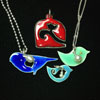
|

|

|
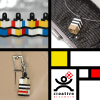
|
|
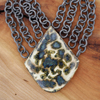
|

|

|
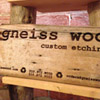
|

|
|

|
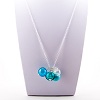
|

|

|

|
|

|

|
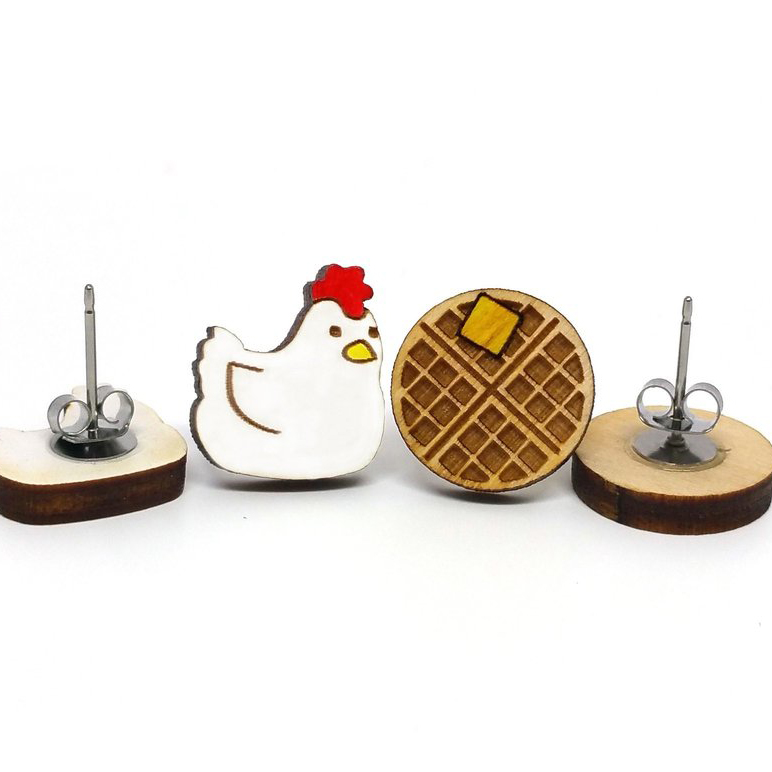
|
|||
Vendors for the weekend of the 20-21 | |||||

|

|

|

|
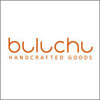
|
|

|

|

|

|

|
|

|

|

|

|

|
|
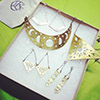
|

|

|

|

|
|
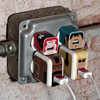
|
|||||

See vendors for weekend of 13-14
See vendors for weekend of 20-21

|

|

|

|

|
|

|

|

|

|

|
|

|

|

|

|

|
|

|

|

|
|||
Vendors for the weekend of the 20-21 | |||||

|

|

|

|

|
|

|

|

|

|

|
|

|

|

|

|

|
|

|

|

|

|

|
|

|
|||||
Artists and Crafters Wanted for San Jose bazaar Dec. 14!
The Fireside Gift Faire is a holiday bazaar featuring only handmade goods — no manufactured goods or imports. The environment is festive, with strolling musicians, a bake sale and a tamale lunch. Sunday Dec. 14, 11 a.m. to 3 p.m.
Vendors must have CA seller’s permit — free and easy to get at boe.ca.gov.
Tables are $30-$35 and we ask a 10 percent donation of sales over $100 to First Unitarian Church of San Jose, for which the fair is a fundraiser.
Items priced under $50 sell best. We are especially interested in crafters of toys, textiles and edibles. Contact cecilia @ paperdelights.net
Is it a good idea to accept credit cards at my craft fair booth?
Ultimately, this decision is up to you, and depends mainly on how much you charge for your items and if you also plan to accept credit cards outside of craft fairs. “Merchant services providers,” (credit card processing companies) charge a monthly or annual “statement” fee, in addition to per-transaction fees. Statement fees generally range from $10-30, and transaction fees are usually a small fixed amount plus a percentage of the sale price for each transaction–for example: $0.30 + 2.2%.
If most of the items you sell are only a couple of dollars apiece, like small cards, all of those fees may not be worth it. On the other hand, if you sell pricier items, like ceramics or cast metal pieces, many of your customers might not have enough cash on them, so it would be worth a couple of bucks in fees not to lose those sales. My price points range from $1 to $50 and about 25% of my sales are paid by credit card. I also have an online store and a lot of wholesale customers, though, so it makes sense for my business to accept credit cards regardless.
What do I need to accept credit cards? Is there any special equipment?
To accept credit cards, you will need what is called a “merchant account.” This is essentially an intermediary between your bank and the credit card company. Your merchant services provider checks on transaction approval and transfers funds from approved charges into your bank account. If you only plan on accepting credit cards at events like craft fairs, choose a merchant account that uses telephone processing or a “virtual terminal” (processing via your merchant services provider’s web site). With these processing methods, you collect customers’ credit card info at the fair, and then type it into your phone or your M.S.P.’s web site when you get home. It usually takes a couple of days before the money is transferred to your bank account.
In my opinion, the best way to collect customers’ info at a fair is with a “knucklebuster” credit card imprinter. It’s fast, consistent, clean, and provides your customer with a copy of the receipt. Some vendors create their own forms and make “rubbings” of customers’ cards with a pencil and/or a sheet of carbon paper, but this strikes me as somewhat unprofessional-looking, and sometimes makes customers uncomfortable. You can get new imprinters from “point of sale” supply web sites, or you can buy a used one on eBay or Craig’s List. Either way, I recommend ordering a name plate for your imprinter as well. Otherwise you’ll have to write or stamp your company’s name and address on every receipt. I have the 515 model, which cost $27 including the nameplate. A pack of 100 sales slips added another $4.
Which credit cards should I accept?
I only accept Visa and Mastercard. A few customers have wanted to pay with American Express, but I’ve only actually lost one sale for not accepting it. Merchant service set-ups always include both Visa and Mastercard. Other cards like Discover and Amex will require additional set up and fees.
If I have a Paypal Business account, can’t I just use Paypal to enter customers’ credit card info?
Ah, crafters. Always using ingenuity to invent a workaround…. Unfortunately, you can’t use a regular Paypal Business account to do this. I have seen it suggested to send yourself Paypal money requests, which you then pay using your customers’ credit card info, but this is considered fraud, and therefore illegal. Don’t go this “creative” route, please. Paypal does offer a Virtual Terminal for $30/month plus the aforementioned transaction fees, but there are better deals out there.
What information can I/should I collect from my customers?
The minimum you need to collect from a customer is:
The first three get imprinted from the card itself. You will need to write down the CCV/CVV2 number yourself (the 3- or 4-digit security code) and then get the customer to sign the receipt. You can ask for a billing address as well, but it’s odd and time-consuming during a craft fair. Unless a customer is making an unusually large or suspicious purchase, I wouldn’t worry about it.
I’m worried about fraud. How can I prevent this?
Credit card fraud happens rarely. It’s never happened to me at all, in fact. But craft fairs are busy places, and some people might try to take advantage of the fact that you won’t know if a transaction was declined until you get home. Here are some ways you can protect yourself against the most comon tricks:
What are the rules for accepting credit cards?
Each credit card issuer uses a slightly different rule book (and I do mean book) but here are the main ones:
And here are the links to Visa’s rules, Mastercard’s Rules and American Express’s rules.
Can you recommend any particular merchant services providers?
If you plan on accepting credit cards just at craft fairs, the general consensus among fellow crafters is to go with Propay. If you plan on accepting credit cards consistently in your business, and not just at craft fairs, I can personally recommend Thompson Merchant Services. Jamie (our illustrious organizer) is pleased with her Quickbooks merchant services, which integrates nicely into their accounting software.
**Tip: If you do accept credit cards at your next craft fair, make sure to put out a prominent sign with the logos of the cards you accept. I have lost customers that silently assumed I didn’t accept credit cards because I didn’t have such a sign.
For more info about accepting credit cards, particularly through web sites, check out these three posts on the Biz Miss blog about my personal journey in choosing a provider.
By Biz Miss
This is my first craft show. What do I need to bring to make sure I’m prepared?
After participating in several craft fairs I have compiled two checklists: the must-haves, and the nice-to-haves. The amount of stuff you can bring from your nice-to-have list depends largely on how much booth space you’ve got and how much room your must-haves take up. **Note: this list is for indoor fairs only.
Must-Haves:
Nice-to Haves:
What other items are you glad you had at your last craft fair? Do you have a crafty business question you’d like answered? Please share your thoughts in the comments.
By Biz Miss